Miami: Downtown Focus
Much has been reported lately about downtown Miami’s challenges absorbing the influx of residential development that has taken shape in recent years. To examine where Miami stands today and how it will move forward, it’s helpful to take a step back. The latest wave of urban growth began in the late 90s, when Miami’s…
 Much has been reported lately about downtown Miami’s challenges absorbing the influx of residential development that has taken shape in recent years. To examine where Miami stands today and how it will move forward, it’s helpful to take a step back. The latest wave of urban growth began in the late 90s, when Miami’s civic and business leaders saw sustainable vertical development in our urban core as the logical place to begin expanding the City. We’re neighbored by the Everglades to the west, the Atlantic Ocean to the east, and we sit atop our own drinking water, so condensed infill development in downtown Miami – the state’s largest employment center – was the bull’s-eye for residential developers and local leaders.
Much has been reported lately about downtown Miami’s challenges absorbing the influx of residential development that has taken shape in recent years. To examine where Miami stands today and how it will move forward, it’s helpful to take a step back. The latest wave of urban growth began in the late 90s, when Miami’s civic and business leaders saw sustainable vertical development in our urban core as the logical place to begin expanding the City. We’re neighbored by the Everglades to the west, the Atlantic Ocean to the east, and we sit atop our own drinking water, so condensed infill development in downtown Miami – the state’s largest employment center – was the bull’s-eye for residential developers and local leaders.
There is a perception among some that poor planning got us here. But in reality, development in our urban core – as opposed to urban sprawl – was the best method for meeting our community’s population needs. From an urban development standpoint, Miami is in prime position for long term, sustainable growth while other metropolitan areas are busy trying to curb sprawl. The fact that residential development took off in downtown Miami has built a strong platform for enterprise and job growth, government investment, and renewed interest in downtown Miami as a destination. The next step toward becoming a 24/7 city is boosting investment in mass transit and encouraging retail and commercial businesses to relocate and expand here, in turn creating a vibrant mixed-use environment for downtown’s growing population.

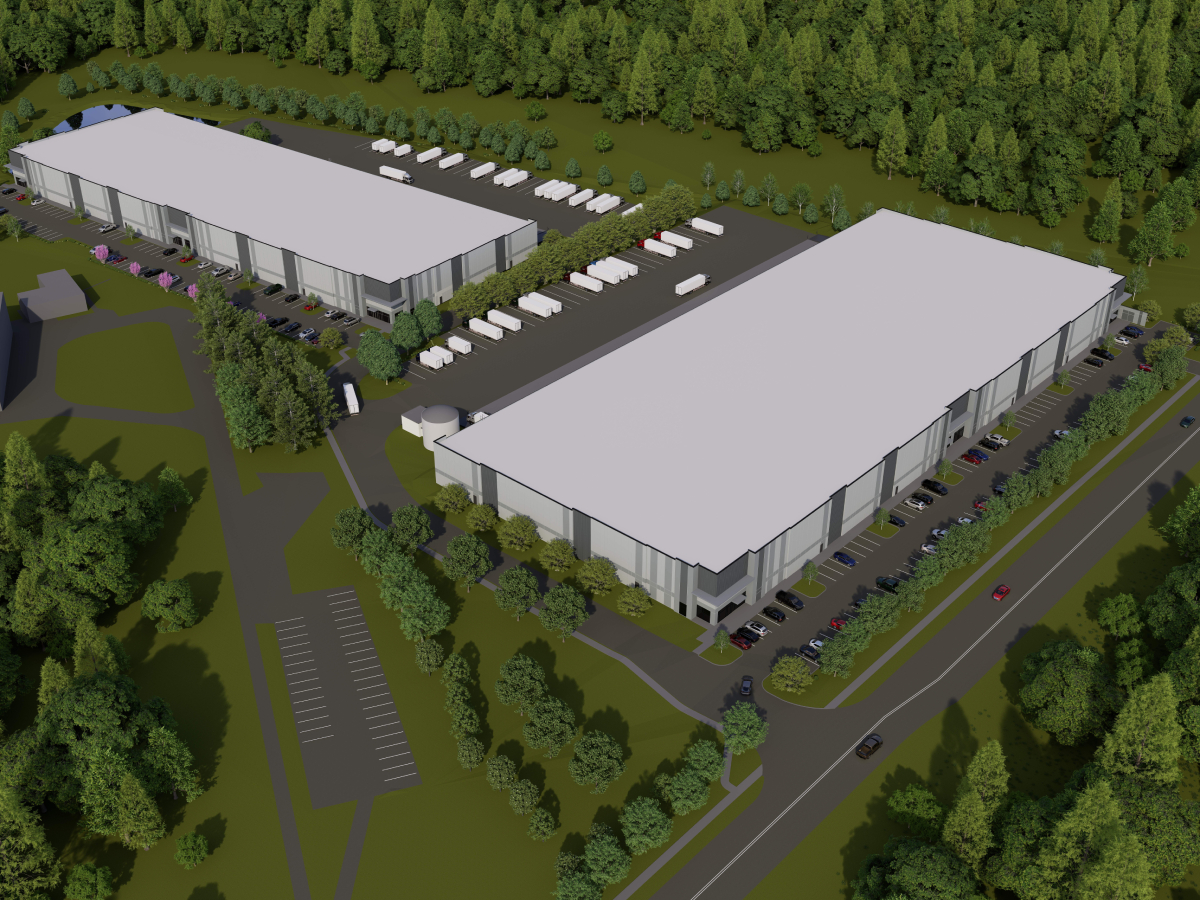
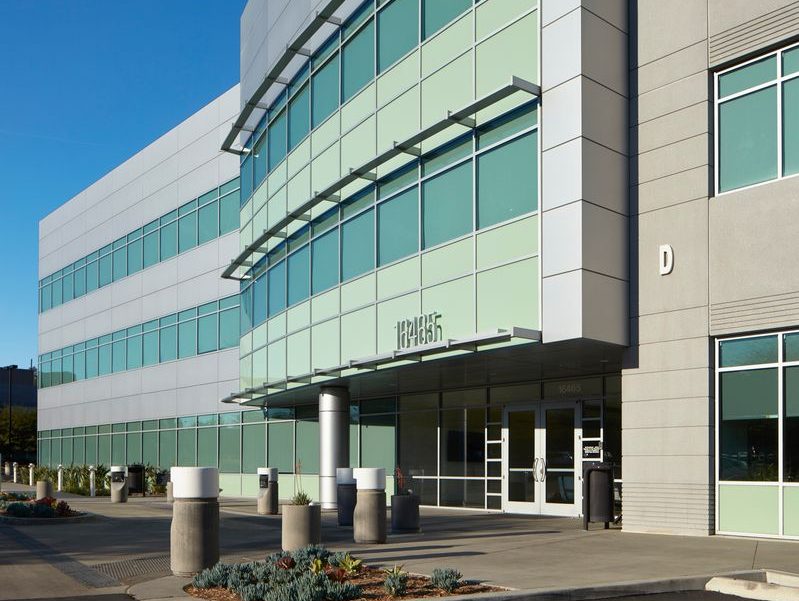
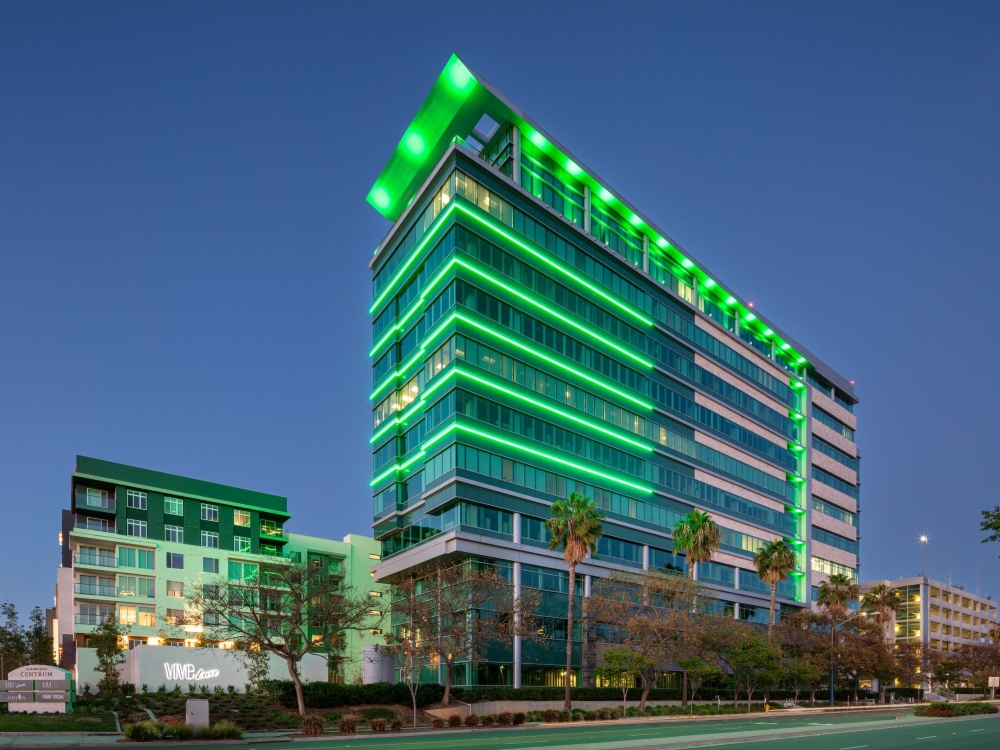
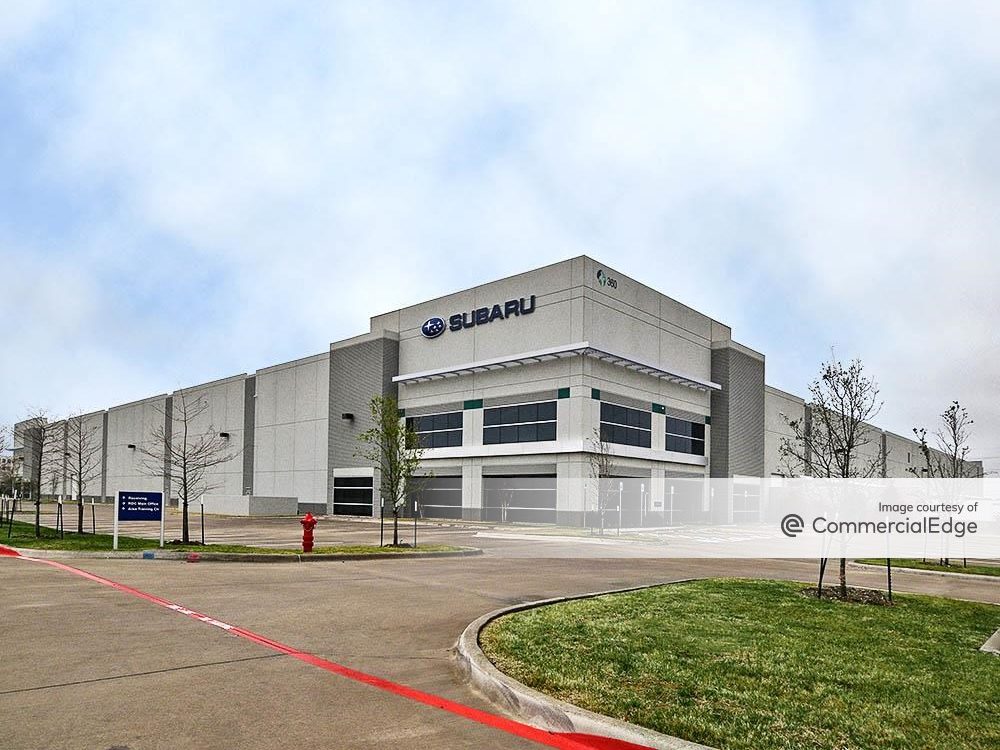
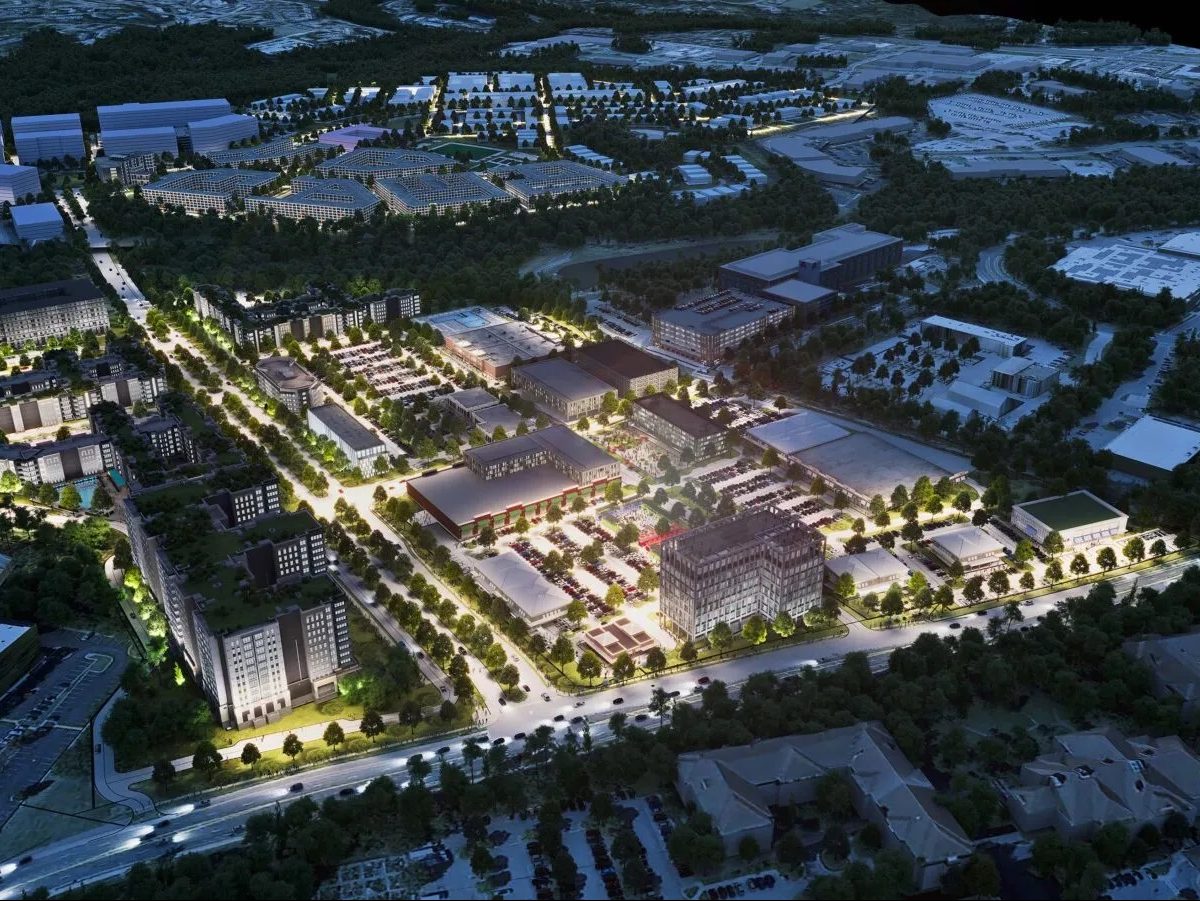
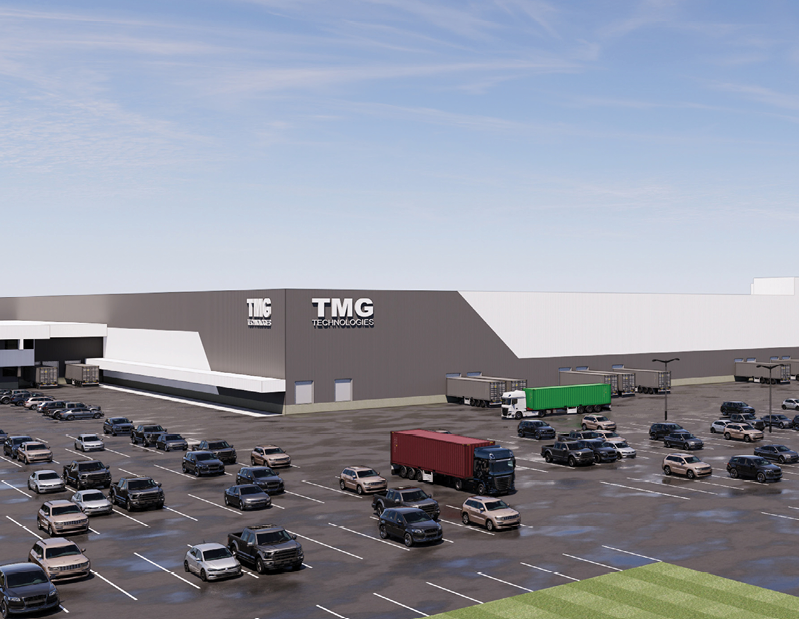
You must be logged in to post a comment.